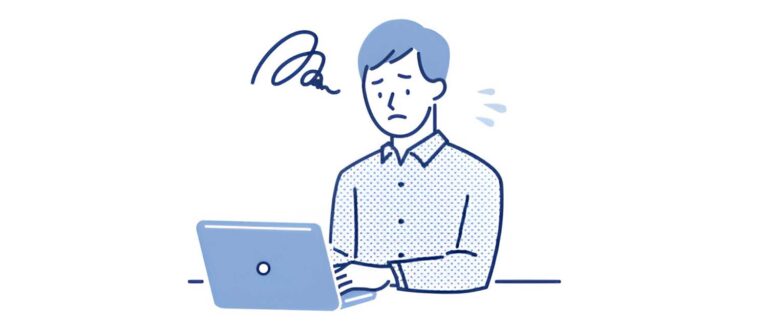Every Decision We Make Affects the User Experience
As UX/UI designers, we’re all about crafting experiences that resonate with users. It’s not just about making things look good; it’s about making them work seamlessly for the people who use them. Every button placement, color choice, and micro-interaction can significantly impact how users feel and engage with our designs. Let’s break down why every decision matters and how we can use this mindset to elevate our designs.
1. Understanding User Needs
The foundation of great UX/UI design is a deep understanding of the user. It’s easy to get caught up in the aesthetics or the latest trends, but if those elements don’t align with user needs, the experience will fall flat. Before diving into the design, invest time in user research. Surveys, interviews, and usability testing aren’t just checkboxes; they are essential tools that inform our decisions. When we understand the problems users face, we can make decisions that genuinely enhance their experience.
2. Navigating User Journeys
Every interaction is a step in the user journey, and each step needs to feel intuitive. Imagine you’re designing a website for a new sustainable product line. If the goal is to drive sales, every element should support that objective—from the landing page layout to the checkout process. Are the calls-to-action clear? Is the navigation straightforward? Is there a logical flow from browsing to purchasing? Missteps in this journey, like a confusing button label or a cluttered layout, can frustrate users and lead them to abandon the process altogether.
3. Micro-Interactions: Small Details, Big Impact
Micro-interactions, like hover effects or button animations, might seem trivial, but they play a massive role in how users perceive a product. These tiny moments of interaction can provide feedback, delight, and guidance. For instance, a subtle animation when a button is clicked can reassure users that their action was registered. These decisions, although small, contribute to a smooth and enjoyable user experience.
4. The Psychology of Color and Typography
Colors and typography aren’t just visual elements—they convey messages and set the tone of the entire design. Choosing the right color palette involves considering color psychology and how different hues evoke various emotions. For example, blue is often associated with trust and calmness, making it a popular choice for financial or healthcare apps. Typography, on the other hand, affects readability and accessibility. A well-chosen font enhances readability and keeps users engaged, while poor typography can make content feel overwhelming or difficult to read.
5. Accessibility is Not Optional
Accessibility isn’t just a buzzword; it’s a fundamental aspect of UX/UI design. Every decision, from color contrast to button size, can affect users with disabilities. Designing with accessibility in mind ensures that our products are usable by as many people as possible, regardless of their abilities. For example, incorporating alt text for images and ensuring sufficient color contrast are small but crucial decisions that make your design more inclusive. By prioritizing accessibility, we’re not just meeting legal standards; we’re broadening our audience and demonstrating empathy towards all users.
6. Consistency Builds Trust
Consistency is key to creating a cohesive user experience. When users navigate through an app or website, they should feel a sense of familiarity. This means maintaining consistent styles, navigation patterns, and interactions throughout the product. Consistency doesn’t mean everything has to be uniform and boring—it means creating a reliable and predictable experience. A well-placed breadcrumb trail, consistent button styles, and predictable navigation all contribute to a sense of trust and ease for the user.
7. The Balance Between Innovation and Familiarity
As designers, it’s tempting to push boundaries and introduce new, innovative features. However, it’s essential to balance innovation with familiarity. Users rely on established patterns because they’re predictable and easy to navigate. Introducing too many new elements at once can overwhelm or confuse users. The key is to innovate in a way that enhances the user experience without straying too far from familiar patterns. Always test new features and gather feedback to ensure they add value rather than complicate the user journey.
8. Feedback Loops: Listening and Iterating
Great design is iterative. It’s not enough to make decisions based on initial assumptions or one round of user feedback. A continuous feedback loop allows us to refine and perfect the experience over time. After launching a product, gather data on how users interact with it. Are there areas where they hesitate or drop off? Are there unexpected pain points? Use this data to make informed adjustments. Remember, design is never truly finished—it evolves as user needs and expectations change.
9. Empathy-Driven Design
Ultimately, the core of UX/UI design is empathy. Our decisions should always be driven by a deep understanding of and empathy for the user. Put yourself in their shoes: how would you feel using this product? Would it solve your problem efficiently? Would it delight you? An empathy-driven approach ensures that we’re making decisions that prioritize the user’s needs, comfort, and overall experience.
10. Measure and Learn
To truly understand the impact of our design decisions, we need to measure outcomes. Analytics, heatmaps, and user feedback are invaluable tools that provide insight into what’s working and what’s not. Regularly review these metrics to assess whether your design decisions are meeting user needs and business goals. The data collected can guide future decisions, helping you refine the user experience continuously.
Let’s make each decision count
Every decision in UX/UI design—big or small—affects the overall user experience. By staying user-focused, being intentional with our choices, and continuously seeking feedback, we can create products that not only meet but exceed user expectations. Remember, it’s not just about what we design; it’s about how our designs make people feel and interact.

Experto en Web Marketing con más de 15 años de experiencia en diferentes disciplinas como Diseñador UX/ UI, Web Developer, Branding, Ilustración, entre otras. Saber más de mí
Si tienes proyectos interesantes enviame un mensaje.






